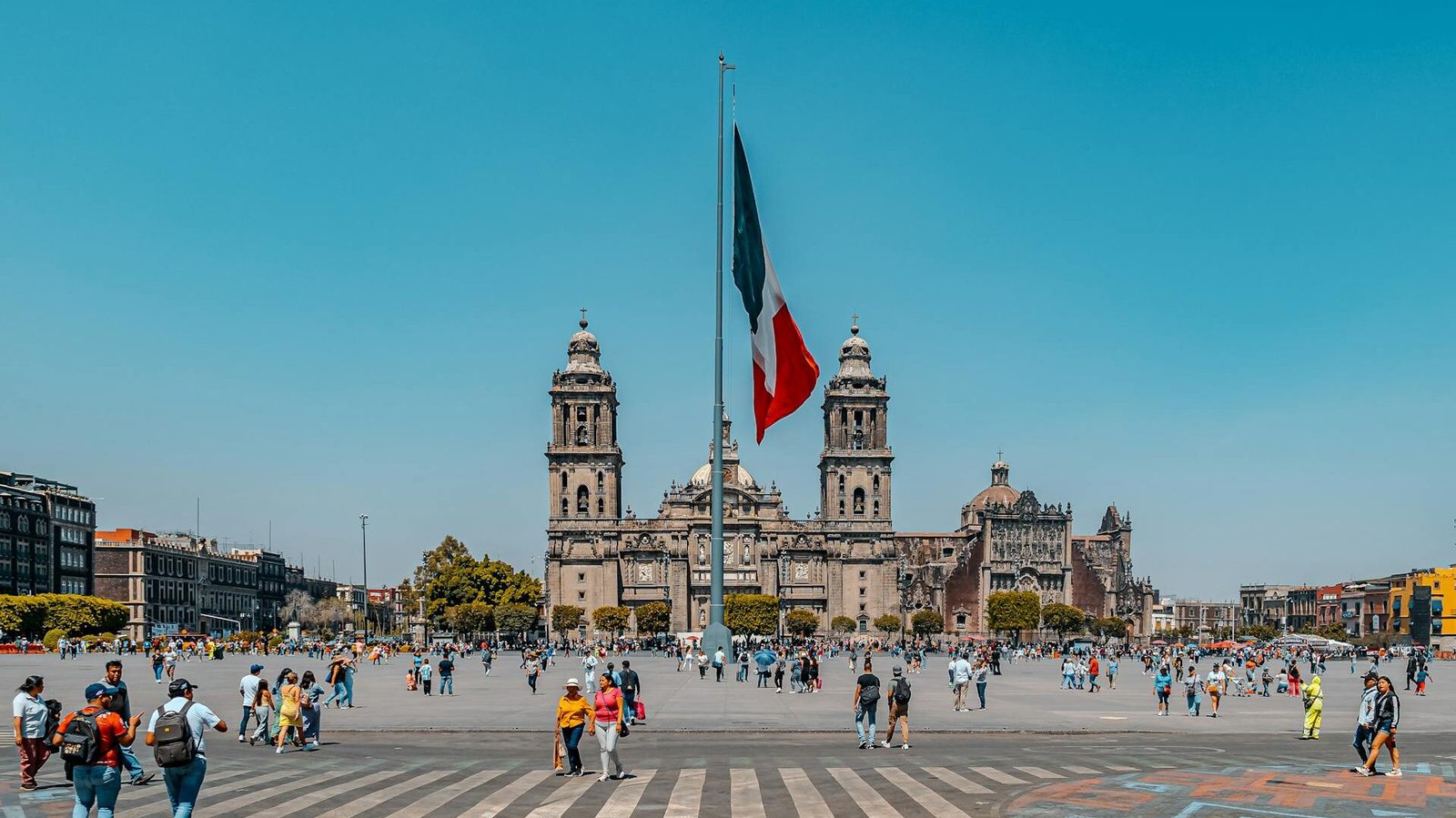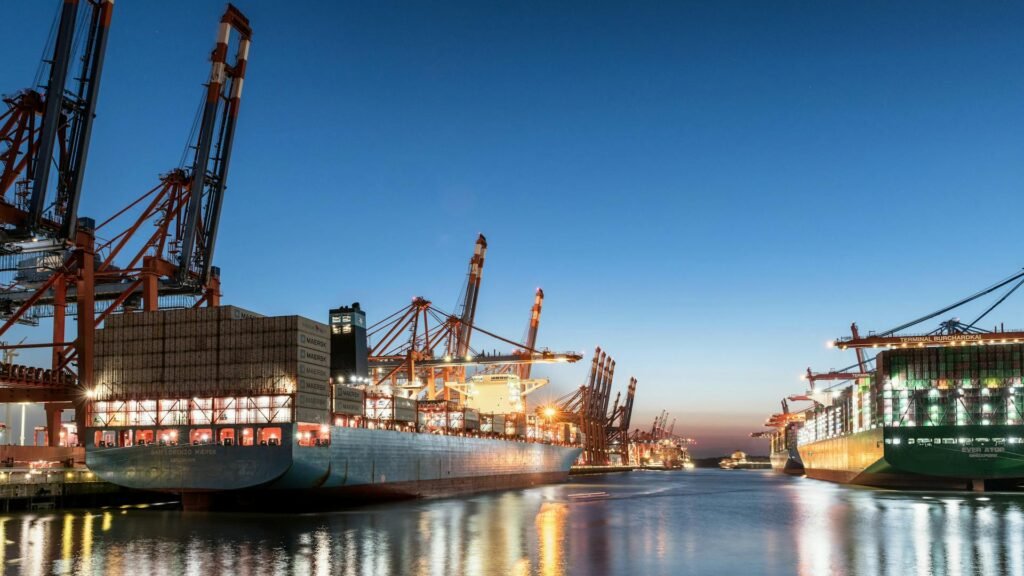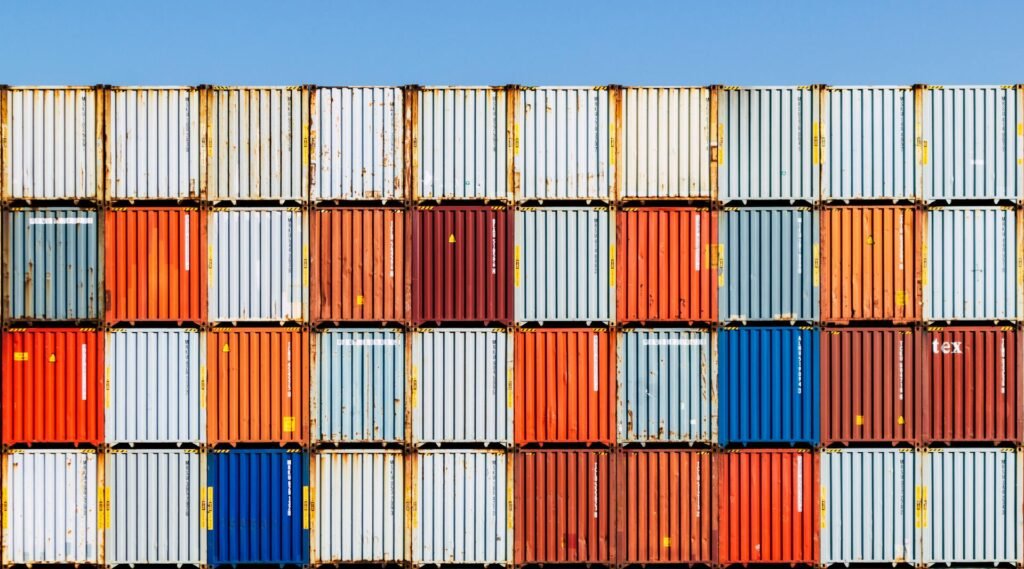
Part 1: Introduction and Overview of the New Tariff Policy
Recently, the global trade market has been in turmoil, and Mexico’s new tariff policy has become the focus of attention for many international freight companies and traders. In the game of international trade, changes in tariff policies are like a crucial chess piece that can instantly change the entire situation. Mexico’s new tariff policy, which has been implemented since 2024 and will last until 2026, has undoubtedly brought a huge impact on the international freight industry, especially on trade relations related to China. So, how will this policy change the landscape of international freight? Let’s explore it in depth.
1. Overview of the New Tariff Policy: Key Points of Mexico’s New Tariff Policy
Implementation Time and Duration
Mexico’s new tariff policy officially kicked off in 2024 and will last until 2026. This three – year time span is like a long – distance marathon for international freight companies and traders. During this period, they need to constantly adjust their strategies to adapt to the various changes brought about by the new policy. Imagine a company as a ship sailing in a stormy sea, and the new policy is the ever – changing wind and waves. They must constantly adjust their course to avoid running aground.
Main Taxable Objects and Tax Rate Ranges
The new policy’s taxable objects are extensive, covering almost all imported goods. The tax rates vary greatly depending on different product categories. The tax rates of some products have increased significantly, which is like adding a heavy yoke to the company’s operating costs. When planning freight costs, companies are like walking on a tightrope. They must carefully calculate the costs of each link. A slight mistake may lead to cost out – of – control.
Key Affected Product Categories
Specific product categories such as electronic devices, textiles, and some agricultural products are particularly affected by the new policy. These products play an important role in international trade, and changes in tariffs directly affect their market competitiveness and transportation demand. Take electronic devices as an example. Products that originally had a price advantage may see a significant price increase after the tariff increase, thereby losing a part of the market share. This is undoubtedly a huge challenge for relevant enterprises.

Part 2: Impact on International Ocean Freight and Air & Express Logistics
1. Impact on International Ocean Freight
Changes in Container Shipping Volume
- Forecast of Shipping Volume for Main Affected Cargo TypesMexico’s new tariff policy is like a boulder thrown into a calm lake, causing ripples in the international ocean freight market. Affected by the new policy, the shipping volumes of main cargo types such as electronic devices and textiles have shown obvious fluctuations. Relevant industry analysis institutions predict that in the initial stage of the implementation of the new policy, the shipping volumes of these cargo types may decline by 10% – 15%. For ocean freight companies, this is like a sudden storm, which may lead to a decrease in their revenues and an increase in operational pressure.
- Trend of Route Capacity AdjustmentTo cope with the changes in shipping volume, route capacity is also being adjusted accordingly. Some originally popular routes may see a reduction in flight frequencies due to the decrease in cargo volume. It’s like a train that was originally running at full capacity now having to reduce the number of trips. While some emerging routes may see an increase in capacity investment to meet the new market demand. For example, for a certain main route from Asia to Mexico, due to the decrease in cargo volume, shipping companies may transfer some ships to other more promising routes, just like moving resources from barren land to fertile soil.
Changes in Ocean Freight Cost Structure
- Mechanism of Tariff Cost TransferThe increase in tariff costs is like a heavy stone pressing on the ocean freight cost structure. Under the new policy, shippers and freight forwarders need to renegotiate the cost – sharing issue. Usually, tariff costs will be transferred to the final commodity price through a certain mechanism, but this will also affect the market competitiveness of the commodities. It’s like a tug – of – war, where both shippers and freight forwarders are striving for their own interests, and the final result may affect the balance of the entire market.
- Influencing Factors of Surcharges and Exchange RatesIn addition to tariff costs, surcharges and exchange rates are also important factors affecting ocean freight costs. Port congestion may lead to the generation of additional surcharges, just like encountering a traffic jam on a previously smooth road and having to pay extra fees to pass through. And exchange rate fluctuations also make ocean freight costs more difficult to predict, just as unpredictable as the weather. Statistics show that exchange rate fluctuations may cause ocean freight costs to fluctuate by 5% – 8% within a certain period. This undoubtedly increases the operational risks for enterprises.
2. Impact on Air and Express Logistics
Changes in Air Freight Volume
- Transportation Trend of High – value GoodsFor high – value goods such as high – end electronic products and luxury goods, air freight has always been the main mode of transportation. However, under Mexico’s new tariff policy, the transportation trend of these goods may change. Some importers may choose to disperse the transportation of some goods to reduce tariff risks. It’s like putting eggs in different baskets to avoid all the eggs being broken because of a problem with one basket.
- Adjustment of Emergency Cargo Flow DirectionThe flow direction of emergency cargo will also be adjusted due to the new policy. Emergency cargo that was originally transported through traditional routes may choose other more cost – effective transportation routes due to considerations of tariffs and transportation costs. For example, emergency cargo that was originally flying directly from Europe to Mexico may first be transferred to other countries and then enter Mexico by land. It’s like looking for a faster way out in a maze, requiring continuous attempts and adjustments.
Changes in Cross – border E – commerce Logistics
- Changes in the Clearance Process of Small – value ParcelsThe clearance process of small – value parcels in cross – border e – commerce has changed significantly under the new policy. The new policy has stricter requirements for clearance documents, and the importance of certificates of origin and other documents has been greatly enhanced. It’s like needing more passes to enter a castle. Cross – border e – commerce enterprises need to invest more time and energy in handling small – value parcels to ensure the smooth clearance process. Otherwise, they may face problems such as parcel detention and delays, bringing huge losses to the enterprises.
- Increase in Terminal Delivery CostsDue to changes in tariffs and clearance processes, the terminal delivery costs of cross – border e – commerce have also increased. To cope with the cost pressure, some e – commerce enterprises may choose to cooperate with local logistics enterprises to jointly optimize the delivery process. It’s like two partners joining hands to overcome difficulties to improve efficiency and reduce costs.

Part 3: Supply Chain Reconfiguration, Clearance Changes, Common Myths, and Countermeasures
1. Supply Chain Model Reconfiguration and New Logistics Demands
Rise of the Overseas Warehouse Model
- Growth of Local Warehouse Demand in MexicoWith the implementation of Mexico’s new tariff policy, the overseas warehouse model has gradually emerged. The demand for local warehousing in Mexico has increased significantly, and many enterprises have started to establish their own overseas warehouses in Mexico. It’s like establishing a base in a battlefield. By storing goods locally in advance, enterprises can reduce the impact of tariffs on transportation costs and improve the delivery speed of goods. For enterprises, the overseas warehouse is like a considerate housekeeper that can better meet market demand.
- Advantages of Bonded Logistics ParksBonded logistics parks show unique advantages under the new policy. Goods in the park can enjoy certain tax – preferential policies, and the customs clearance process is more convenient. Enterprises can store goods in the bonded logistics park and flexibly arrange the import and export of goods according to market demand, reducing tariff risks. It’s like a safe haven that can provide a secure and convenient logistics environment for enterprises.
Demand for Near – shore Outsourcing Logistics
- Construction of Logistics Facilities at the US – Mexico BorderThe construction of logistics facilities at the US – Mexico border has received more attention. Due to the increasing demand for near – shore outsourcing logistics, enterprises have started to increase their investment in logistics facilities at the US – Mexico border. These facilities can provide more efficient cargo transfer and distribution services to meet enterprises’ requirements for logistics speed and cost. It’s like building more roads and bridges at a transportation hub to make the flow of goods smoother.
- Layout of Regional Distribution CentersThe layout of regional distribution centers is also changing. Enterprises have started to set up more distribution centers in Mexico and surrounding areas to achieve more accurate cargo distribution. These distribution centers can allocate goods according to the market demand of different regions, improving logistics efficiency. It’s like arranging chess pieces reasonably on a chessboard to better control the overall situation.
2. Changes in Customs Clearance and Compliance Processes
New Requirements for Customs Clearance Documents
- Increased Importance of Certificates of OriginUnder Mexico’s new tariff policy, the importance of certificates of origin has been greatly enhanced. An accurate certificate of origin can help enterprises enjoy lower tariff rates and avoid unnecessary tariff expenses. It’s like a key that can open the door to low tariffs. Therefore, enterprises need to ensure that they provide accurate and valid certificates of origin before shipping the goods. Otherwise, they may face high tariffs.
- Specification of Commodity Classification and ValuationThere are also stricter specifications for commodity classification and valuation. Customs conducts strict reviews on commodity classification and valuation to ensure the accurate collection of tariffs. Enterprises need professional personnel to handle commodity classification and valuation to avoid delays in customs clearance and additional fines due to errors. It’s like answering questions accurately in an exam; otherwise, points will be deducted.
Compliance Risk Prevention
- Common Customs Clearance Problems and SolutionsDuring the customs clearance process, enterprises may encounter various problems, such as incomplete documents and incorrect commodity classification. To address these common problems, enterprises need to establish a complete set of solutions. For example, they can strengthen communication with freight forwarders and customs brokers and prepare documents in advance. It’s like making full preparations before a battle to improve the ability to handle problems.
- Warnings from Penalty Cases for ViolationsCustoms imposes severe penalties on violations. Some enterprises have suffered huge fines for violating the new tariff policy. These penalty cases serve as a wake – up call for other enterprises, reminding them to strictly abide by customs clearance regulations and avoid unnecessary losses. It’s like a warning light constantly reminding enterprises to follow the rules.
3. Common Myths
Thinking that Tariff Increases Affect All Freight Modes Equally
Many enterprises have a misunderstanding that tariff increases affect all freight modes equally. In fact, different freight modes are affected by tariffs to different degrees. Ocean freight and air freight differ in cost structure, transportation time, etc. Enterprises need to choose the appropriate freight mode according to specific circumstances. It’s like different tools are suitable for different jobs, and enterprises need to choose according to their own needs.
Ignoring the Importance of Customs Clearance Documents
Customs clearance documents are the key to the smooth clearance of goods, but some enterprises often ignore their importance. Inaccurate or incomplete customs clearance documents may lead to delays in customs clearance, additional tariff expenses, or even the detention of goods. Therefore, enterprises must attach great importance to the preparation of customs clearance documents. It’s like building a house; if the foundation is not solid, the house is likely to collapse.
4. Countermeasures and Solutions
Optimization of Logistics Modes
- Design of Multimodal Transport SolutionsTo reduce tariff costs and improve transportation efficiency, enterprises can consider adopting multimodal transport solutions. For example, combining ocean freight with land transport or air freight with rail transport. Through a reasonable combination of transport modes, the advantages of various transport modes can be fully utilized to achieve a balance between cost and efficiency. It’s like a teamwork where different transport modes play their respective strengths to jointly complete the transportation task.
- Optimization of Tariff – friendly Transport RoutesEnterprises can also reduce tariff costs by optimizing transport routes. Choosing countries or regions with lower tariffs as transit points or avoiding high – tariff routes can effectively reduce tariff expenses. It’s like finding the most cost – effective route on a map, which can save a large amount of costs for enterprises.
Construction of Supply Chain Resilience
- Layout of Alternative Logistics ChannelsTo cope with the uncertainties brought about by Mexico’s new tariff policy, enterprises need to layout alternative logistics channels. When the main logistics channel is affected, they can quickly switch to other channels to ensure the smooth transportation of goods. It’s like planning multiple roads in a city; when one road is congested, other roads can be chosen.
- Formulation of Emergency Logistics PlansIt is also necessary to formulate emergency logistics plans. In case of emergencies such as natural disasters or sudden policy changes, enterprises can take prompt measures according to the plan to ensure the stability of the supply chain. It’s like preparing an emergency plan for an enterprise, which can play a role in critical moments.
5. Extended Thinking
How will the long – term implementation of Mexico’s new tariff policy affect the global logistics landscape? How can Chinese enterprises further enhance their logistics competitiveness in the Mexican market? These are questions worthy of in – depth consideration. As the global trade environment continues to change, enterprises need to constantly explore and innovate to adapt to new challenges and opportunities. It’s like sailing in ever – changing weather; enterprises need to constantly adjust their equipment and strategies to sail farther in the market ocean.
In this volatile international trade environment, it is crucial for international freight companies and traders to understand Mexico’s new tariff policy and formulate corresponding countermeasures. Only by actively responding can they remain invincible in the fierce market competition.





